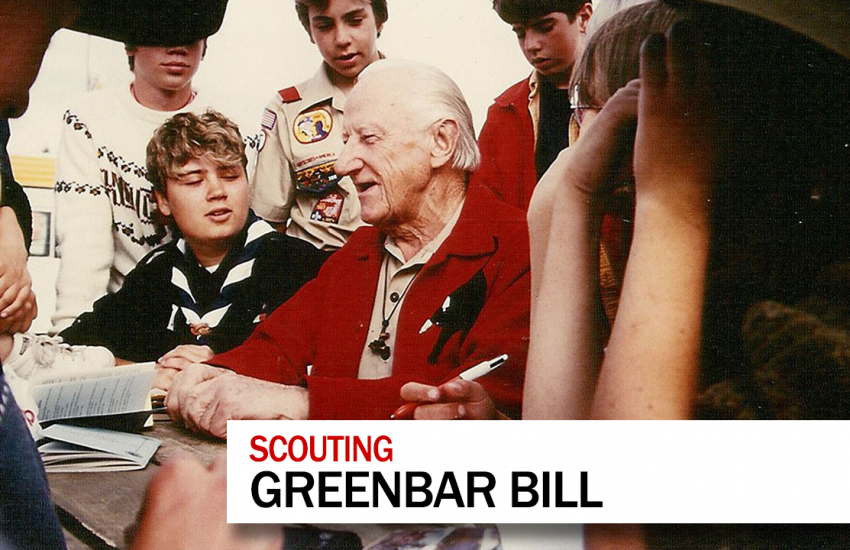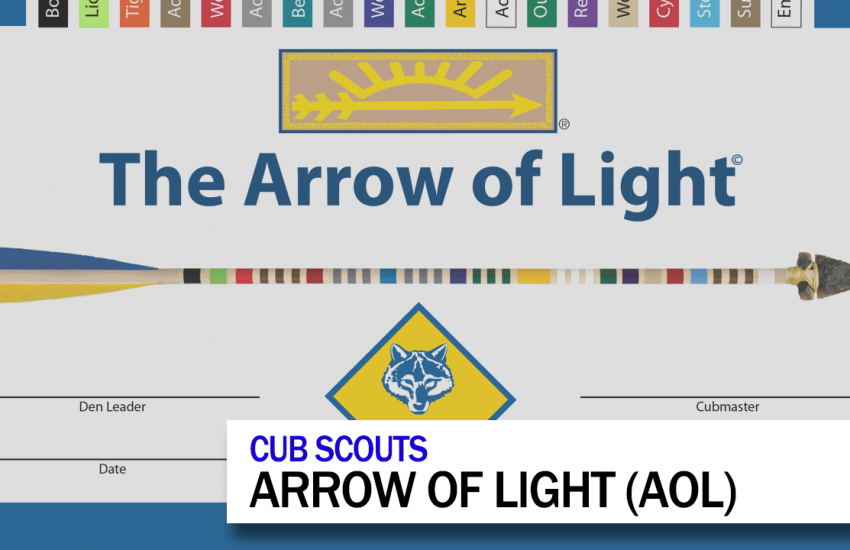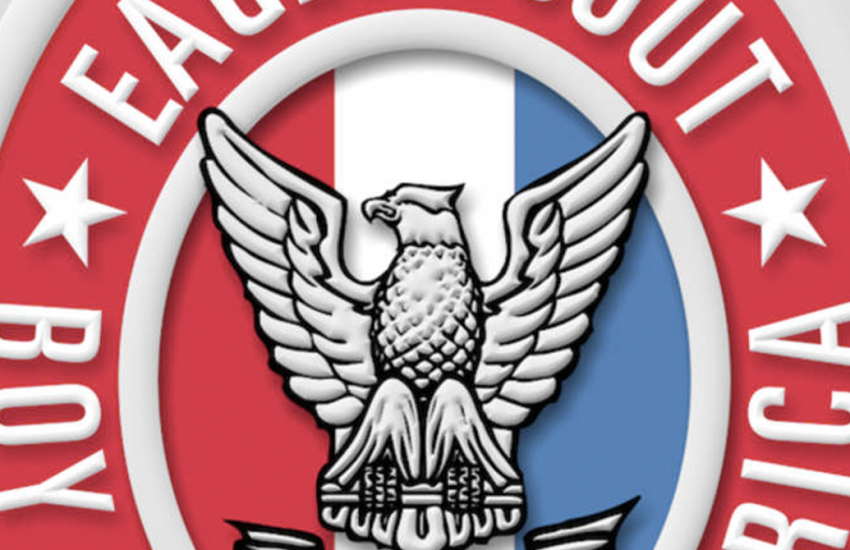A short trip into the the life and times of one of the crafters of the boy scouting program, Greenbar Bill – William Hillcourt.
Transcript:
William Hillcourt was known within the Scouting as “Green Bar Bill”. He was very influential in the boy scouts from early in its history from 1927 to his death in 1992.
Green bar bill was a writer and teacher of woodcraft, troop and patrol structure, and training. He wrote three editions of the official Boy Scout Handbook, and other Scouting-related books and magazine articles.
Bill also developed the American adaptation of the Wood Badge adult Scout leader training program. The name “Green Bar Bill” came from pseudonym he used for his feature column on ScoutCraft in Boys’ Life with a logo of “Bill” hand-written on top of the two green bars of a patrol leader.
When scouters relate the ideas about Greenbar Bill, they usually are referring to his later adventures however, coming out of retirement to save scouting.
In fact many older scouters will use this example when referring to more of the controversial things that have happened in the last 10 or so years, including the pulling back of the need for camping requirements, to including more camping for cub scouts, to females in scouting, and other hot topics.
But as the story goes, the BSA introduced an improved Scouting Program in 1972, along with a new edition of the Boy Scout Handbook.
Many of the changes were intended to expand Scouting to a broader base of youth and to make Scouting more “in tune with the times”.
Many Scouters, including Hillcourt, were critical of the new program changes, exclaiming that the de-emphasis on traditional outdoor skills had taken the “outing out of Scouting”.
In opposition of these changes and to save his beloved scouting program, Hillcourt convinced Chief Scout Executive Harvey L. Price that a new handbook was needed, and he then came out of retirement and spent a year writing and editing the 1979 edition of The Official Boy Scout Handbook, returning to the focus of Scoutcraft.
During his tenure in scouting, he traveled all over the world teaching and training. His legacy and influence can still be seen today in the BSA program and in Scouting training manuals and methods for both youth and adults.
Hillcourt continued writing for Boys’ Life until his retirement in 1965. Across his 39-year career he also wrote the first edition of the Scout Field Book (1944), two editions of The Boy Scout Handbook (1959 and 1965) and the 1936 Handbook for Scoutmasters, a two-volume tome that came in at an astonishing 1,164 printed pages
In fact, much of the material in the Handbook for Scoutmasters came from personal experience.
Take what you like and leave the rest, and as we say in Woodbadge, feedback is a gift, leave yours below in the comments, with the hope we can all learn together.
I’m Scoutmaster Dave, and this was Dutch oven a bit on Greenbar Bill.




